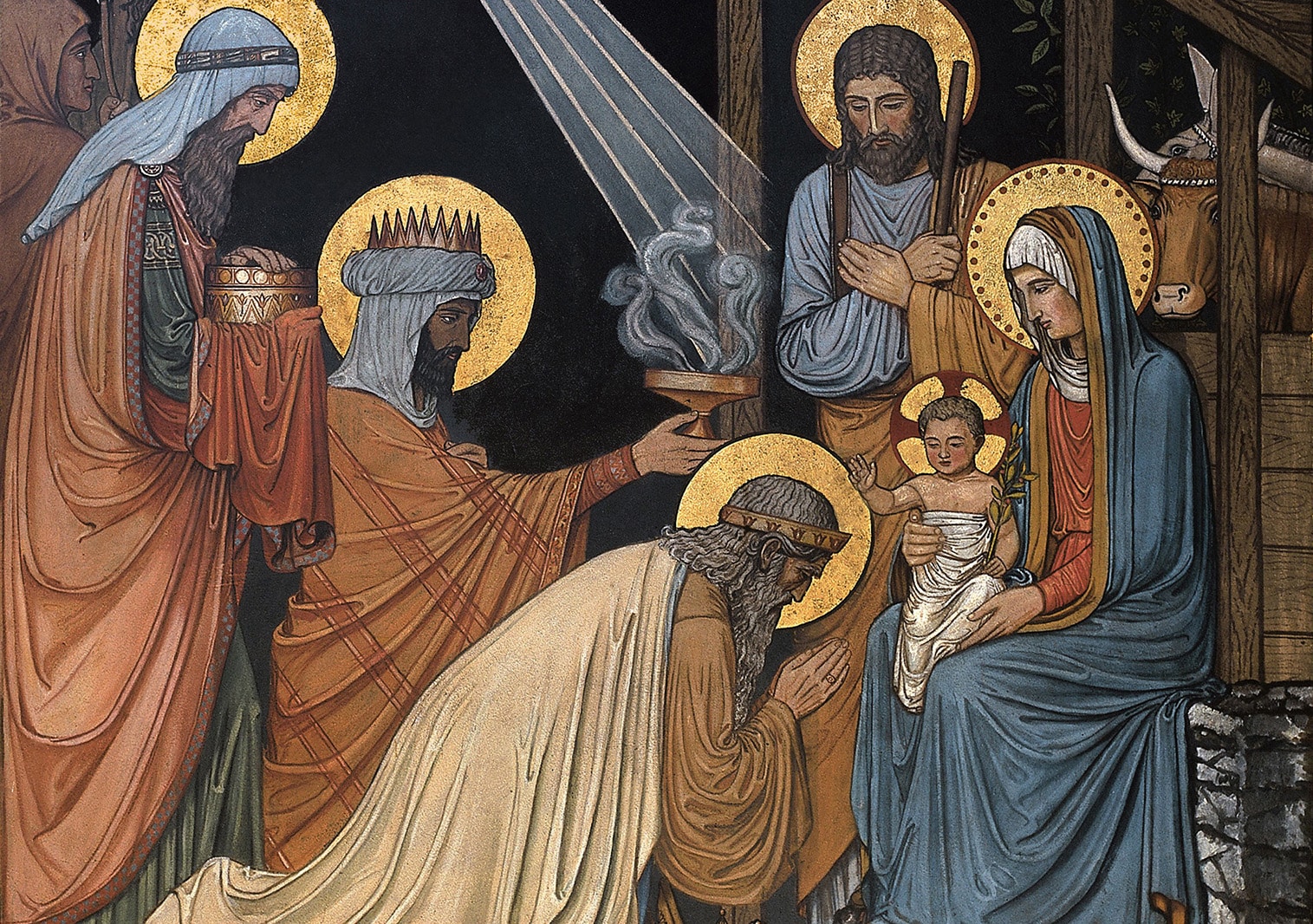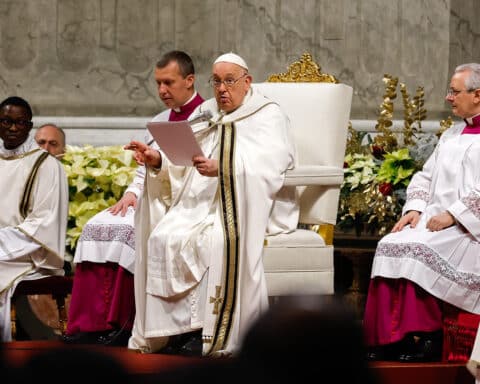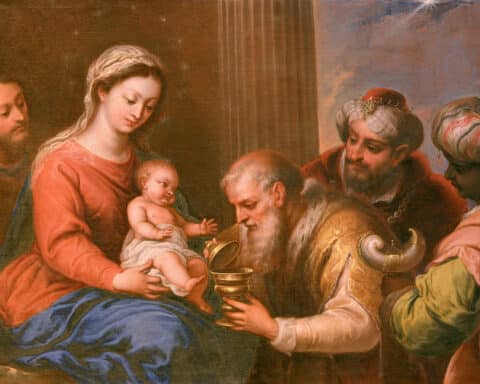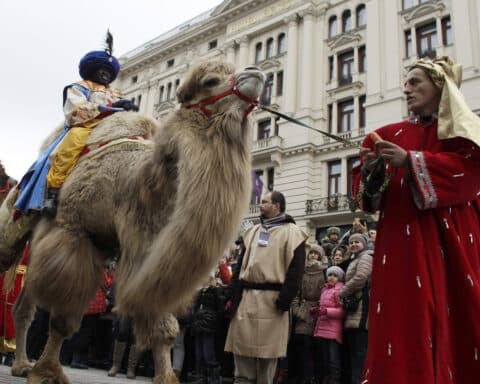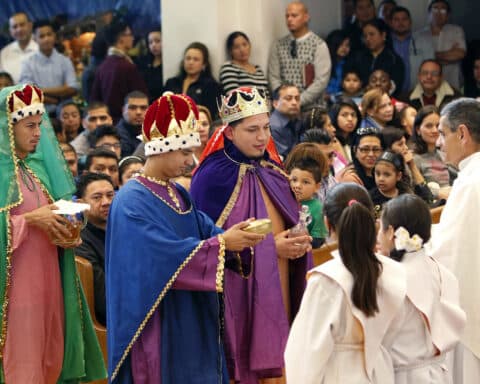The story of the Magi, or Wise Men, is famous and mysterious, relatively short in length (appearing only in the Gospel of Matthew) but long in its influence on readers’ imaginations. It raises intriguing questions: Who were those “Magi from the east” who traveled far seeking the “newborn king of the Jews”? How did they know about this king? Why did they seek him? And how was he connected to the star they followed?
Complete answers to these questions are elusive. A magus in the ancient Near East could be a Persian priest, a magician or someone practicing various occultic arts. The Magi seeking the Christ Child were likely Persian astrologers, skilled in studying and interpreting the movements of the stars. Early Church Fathers, like Origen, believed these Magi descended from the pagan prophet Balaam, who prophesied, “A star shall advance from Jacob, and a staff shall rise from Israel, That shall smite the brows of Moab, and the skulls of all the Shuthites” (Nm 24:17). The Magi probably knew this prophecy, given the Israelites’ long exile in Persia.
The first Gentiles worshiping the King
St. Matthew, in writing about the Magi, aimed to remind his readers of Isaiah 60. Isaiah spoke of a future time when the world would be blessed by Jerusalem’s glory: “Nations shall walk by your light, and kings by your shining radiance.” He envisioned caravans bearing gifts of “gold and frankincense” and leaders proclaiming the Lord’s praises. Psalm 72 echoes this theme: “May the kings of Tarshish and the islands bring tribute, the kings of Arabia and Seba offer gifts. May all kings bow before him, all nations serve him” (Ps 72:10-11).
Thus, the Magi symbolize the first of many Gentiles brought into God’s family through the Christ Child, not just King of the Jews, but King of kings. The Catechism of the Catholic Church views them as “representatives of the neighboring pagan religions, the Gospel sees the first-fruits of the nations, who welcome the good news of salvation through the Incarnation” (No. 528).
The Magi represent everyone who seeks truth and acknowledges Jesus Christ as “the way, and the truth, and the life” (Jn 14:6). Their story’s appeal lies in its universal themes: human nature and needs remain constant through time, and people continually search for truth and meaning.
A bad king
However, Matthew’s account also highlights human flaws. King Herod, a man of significant genius and ambition, deceitfully used the Magi to locate and eliminate the newborn King. He represents those who build personal kingdoms through creativity and cruelty, harmoniously blending and causing chaos, as National Geographic describes (“King Herod Revealed,” December 2008).
Herod used his gifts for self-glory, while the Magi used theirs to worship the true God: “They prostrated themselves and did him homage.” Whereas Herod jealously guarded his earthly treasures, the Magi offered theirs in recognition of the heavenly gift held by the Blessed Virgin.
Christmas declares that humanity has received the ultimate gift: the divine life of God. In response, we offer the treasures of our lives, talents and praises to the Lord.

